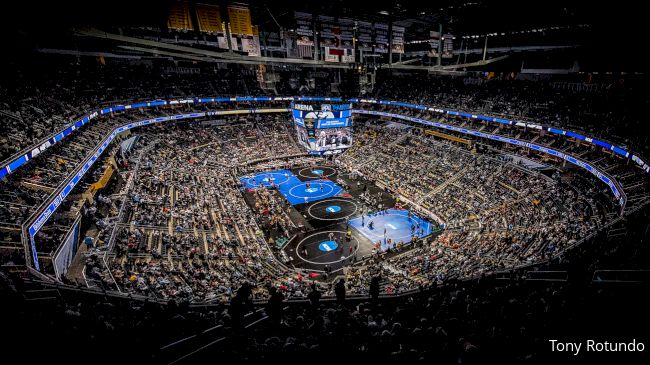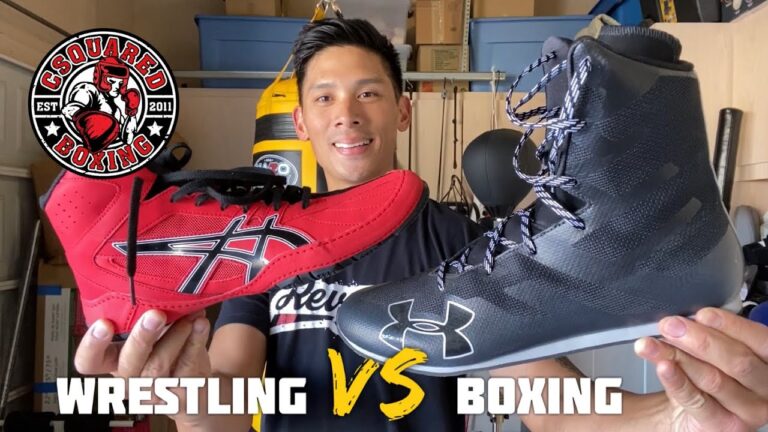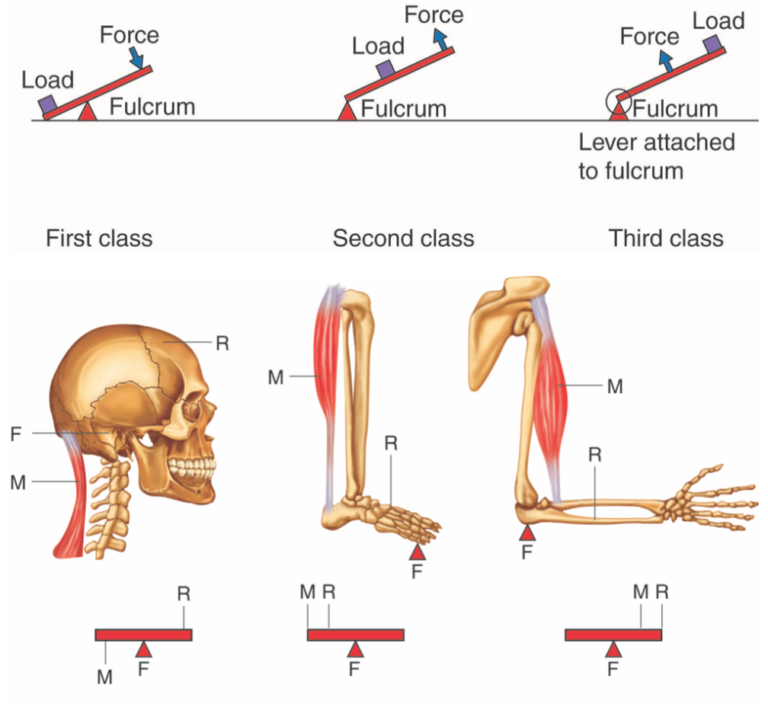When Does Wrestling Season End: Final Countdown!
Wrestling season typically ends in March with the NCAA Championships. High school seasons may conclude earlier, around February.
Wrestling, a sport that combines strength, strategy, and endurance, captivates fans worldwide from the onset of its season. As athletes grapple on the mat, each match is a testament to their dedication and hard work. The conclusion of the wrestling season, particularly marked by the prestigious NCAA Championships, brings together the best collegiate wrestlers in a final showdown of skill and determination.
This period is eagerly anticipated by enthusiasts, marking a culmination of months of intense competition and training. The end of the wrestling season is not just about crowning champions; it’s a celebration of the sport’s enduring spirit and the community it fosters among athletes, coaches, and fans.

Credit: www.flowrestling.org
The Wrestling Calendar: Key Dates
Grapple fans and athletes mark their calendars for the wrestling season’s key dates. Different levels have distinct timelines. Here’s a snapshot of when mats roll up across high school, college, and professional stages.
High School Wrestling Season
High school wrestling starts in November.
State championships usually happen in February or March.
- Season kick-off: Early November
- Regular matches: November to February
- State qualifiers: Late February
- Season finale: State Championships in March
College Wrestling Timeline
College wrestlers begin in October with preseason events.
The NCAA championships highlight March.
- Preseason events: October
- Regular season: November to March
- Conference tournaments: Early March
- National championships: Mid-March
Professional Wrestling Events
Professional wrestling entertains year-round.
Big events scatter across the calendar.
| Event | Month |
|---|---|
| WrestleMania | April |
| SummerSlam | August |
| Survivor Series | November |
| Royal Rumble | January |
High School Wrestling: Season Finale
As mats roll up and crowds cheer, the high school wrestling season reaches its peak. Wrestlers have grappled through the winter months, eyeing the ultimate prizes in the sport. The journey is tough, but the end is a spectacle of skill and determination.
State Championships
State championships mark the pinnacle of high school wrestling. Here, wrestlers from various weight classes clash for the title of state champion. It’s not just a personal victory; it’s a moment of pride for schools and communities.
| Event | Date | Location |
|---|---|---|
| Qualifiers | February | Various |
| Semi-Finals | Early March | Regional |
| Finals | Mid March | Statewide |
National Tournaments
Post state titles, national tournaments beckon. The best high school wrestlers compete against peers from across the country. These events are highly anticipated and serve as a gateway to collegiate wrestling opportunities.
- NHSCA Nationals
- FloNationals
- USA Wrestling Nationals
Off-season Training
Off-season training is crucial for wrestlers aiming to improve. Wrestlers engage in strength training, conditioning, and technique refinement. Camps and clinics offer specialized instruction for those seeking an edge.
- Weight lifting
- Cardio workouts
- Mat practice
- Wrestling camps
College Wrestling: Road To Nationals
The quest for glory in college wrestling culminates with the Nationals. Each match, each takedown, and each pin throughout the season leads to this point. Wrestlers from across the nation strive to peak at the right time, dreaming of becoming national champions. Let’s explore the thrilling path they take to reach the pinnacle of collegiate wrestling.
Conference Championships
Before Nationals, wrestlers face a crucial test. Conference Championships serve as the battleground where seeds for the NCAA Championships are earned. Wrestlers from various conferences clash, showcasing their skills and resilience. This is where champions rise and the journey to Nationals begins in earnest.
- Big Ten
- Big 12
- ACC
- Pac-12
- MAC
- Others
Ncaa Wrestling Championships
The NCAA Wrestling Championships mark the season’s climax. Wrestlers who triumphed in their conferences now face the ultimate challenge. They grapple on the national stage, where every move can lead to victory or defeat. Eyes are set on the coveted title of National Champion.
| Round | Event |
|---|---|
| 1 | Preliminaries |
| 2 | Quarterfinals |
| 3 | Semifinals |
| 4 | Finals |
Post-season Opportunities
After the Nationals, wrestling doesn’t stop. Post-season events offer additional chances for wrestlers to shine. These events include international competitions, open tournaments, and wrestling clinics. Wrestlers use these opportunities to hone their skills and prepare for the next season.
- International Meets
- Open Tournaments
- Wrestling Clinics

Credit: www.thecrimson.com
Professional Wrestling: Year-round Spectacle
Professional wrestling thrills fans with non-stop action. Unlike traditional sports, there’s no off-season here. Wrestlers battle year-round, showcasing their athleticism and charisma. Storylines evolve continuously, keeping audiences hooked.
Major Events And Pay-per-views
Wrestling calendars are packed with major events. These spectacles draw massive crowds and millions of viewers. WrestleMania, SummerSlam, and Royal Rumble stand out as tentpole events. Fans witness breathtaking matches and unexpected outcomes.
- WrestleMania – The grandest stage.
- Royal Rumble – A battle for the main event spot.
- SummerSlam – Summer’s biggest wrestling fiesta.
Season Highlights
Each year brings unforgettable moments. Title changes, underdog triumphs, and legendary returns define the season. These highlights create a rich tapestry that fans discuss for years.
| Month | Highlight |
|---|---|
| January | Royal Rumble surprises |
| April | WrestleMania moments |
| August | SummerSlam showdowns |
Wrestling Off-season: A Myth?
Some argue that wrestling has no off-season. Wrestlers work tirelessly, crafting their personas and engaging in storylines. This year-round commitment ensures wrestling remains a constant source of entertainment.
- Weekly shows keep stories fresh.
- Live events happen globally.
- Wrestlers train and improve constantly.
Training And Preparation: Peak Performance
Wrestlers aim for peak performance as the season wraps. Training and prep are key for success. Wrestlers must stay focused during these times. Let’s dive into the strategies for top results.
Off-season Training Regimen
The off-season is vital for growth and skill development. Wrestlers engage in various exercises to boost strength and agility. This period allows for injury recovery and technical improvement. A structured off-season regimen prepares wrestlers for the upcoming challenges.
- Strength training: Builds muscle, enhances power.
- Conditioning: Improves endurance, keeps athletes fit.
- Technique refinement: Polishes moves, increases efficiency.
In-season Training Strategies
During the season, maintaining peak condition is crucial. Wrestlers follow a tailored plan to ensure readiness for matches. Coaches focus on sharpening skills and keeping athletes injury-free. In-season training balances intensity with adequate rest.
- Drills: Enhance muscle memory, perfect techniques.
- Sparring: Simulates real matches, tests skills.
- Rest days: Allows body recovery, prevents overtraining.
Nutrition And Recovery
Nutrition fuels the body for training and recovery. Wrestlers need a balanced diet for energy and muscle repair. Hydration is also crucial for performance. Proper sleep and recovery techniques keep athletes in top shape.
| Aspect | Importance |
|---|---|
| Protein intake | Supports muscle repair. |
| Carbohydrates | Provides energy for training. |
| Hydration | Keeps performance levels high. |
| Sleep | Crucial for recovery, focus. |
The Impact Of Wrestling Seasons On Athletes
The wrestling season is a rigorous time for athletes. It demands a lot from their bodies and minds. Let’s explore how the wrestling seasons affect these competitors beyond the mat.
Physical And Mental Health
Wrestlers face intense physical demands. Their bodies endure rigorous training and competition. This can lead to injuries and fatigue. Proper rest and recovery are vital post-season.
Mental health is equally important. Athletes often experience stress during competition. After the season ends, they need time to decompress and relax.
Academic And Career Impacts
- Grades may fluctuate during the wrestling season. Athletes must balance school with sports.
- Post-season offers a chance to catch up on studies. Wrestlers can focus more on academics.
- Some pursue wrestling as a career. They use the off-season to train and improve skills.
Social Life And Relationships
Wrestling requires time commitment. This often limits social activities. Athletes reconnect with friends and family after the season ends.
Relationships can strengthen once the athletes have more free time. They attend social events and rebuild bonds.
Wrestling Fans: Seasonal Engagement
Wrestling enthusiasts live for the thrill of the season. The ebb and flow of matches bring excitement and engagement. Fans follow every takedown and pinfall with bated breath. The end of the wrestling season marks a period of reflection and anticipation for what’s next.
Following The Seasonal Journey
Wrestling seasons vary by league and level. High school, college, and professional leagues have different timelines. Most seasons start in late fall and end in early spring. Fans mark their calendars for key tournaments and championship events.
Fan Participation In Events
- Attend live matches
- Join fan clubs
- Engage on social media
Fans play a crucial role in the wrestling community. They attend events, wear merchandise, and cheer loudly. Their support fuels the wrestlers and creates an electric atmosphere.
Off-season Engagement
Wrestling doesn’t stop after the season ends. Fans stay connected through:
- Training updates
- Wrestler interviews
- Anticipating next season
The off-season is a time for fans to catch up on wrestler news and look forward to the future. They stay engaged with updates and predictions for the upcoming season.
Looking Forward: Next Season’s Anticipation
As the wrestling season wraps, fans buzz with excitement for what’s next. The anticipation builds for the upcoming season, promising fresh faces and evolving strategies. This look ahead stirs conversations about potential stars, rule adaptations, and early forecasts. Let’s dive into the elements shaping the future of wrestling.
Emerging Talents
New wrestlers are stepping into the spotlight, ready to grapple their way to the top. Fans eagerly watch as high school champions and college standouts transition to more competitive leagues. These emerging talents bring vigor and fresh techniques to the mat. They redefine the sport’s landscape and offer thrilling matches for spectators.
Rule Changes And Their Impacts
Rule revisions can alter the wrestling scene significantly. They affect strategies, training, and even the outcome of matches. The wrestling community analyzes these changes closely. Coaches adapt their guidance, while athletes modify their approach to gain an edge. Fans speculate on which wrestlers will thrive under new regulations.
Pre-season Preparations And Predictions
Pre-season brings a flurry of activity as teams and individuals gear up for the challenges ahead. Wrestlers engage in rigorous training, honing their skills and conditioning their bodies. Coaches strategize, drawing from past experiences and scouting reports. Predictions start to circulate, creating a buzz of what’s to come. This pre-season phase sets the stage for the drama and excitement that defines wrestling.

Credit: www.gasconadecountyrepublican.com
Frequently Asked Questions
How Many Months Does Wrestling Last?
Wrestling seasons vary by league and country. Most professional wrestling promotions run events year-round, without a specific end or start month. Amateur wrestling typically follows the school year, often starting in October and ending in March, making it a 6-month season.
Is Wrestling A Seasonal Sport?
Wrestling is not a seasonal sport; it is practiced and competed in year-round.
How Long Does Wrestling Go?
Wrestling matches vary in length, typically ranging from 6 to 30 minutes. The duration depends on the match type and wrestling promotion rules.
How Many Wrestling Matches In A High School Season?
A high school wrestling season typically includes around 35-40 matches. This number can vary based on state regulations and individual school schedules. Wrestlers often compete in both individual and team events throughout the season.
What Marks The End Of Wrestling Season?
The wrestling season typically concludes with state championships or national tournaments, which usually occur in late winter or early spring.
Conclusion
As the wrestling season rolls to a close, athletes and fans alike begin to reflect on the matches that have passed. The final whistle marks not just an end, but a moment to celebrate the journey and anticipate the next season’s thrills.
Remember, each match is a step towards greatness, and while this season’s chapter may conclude, the story of wrestling continues.





